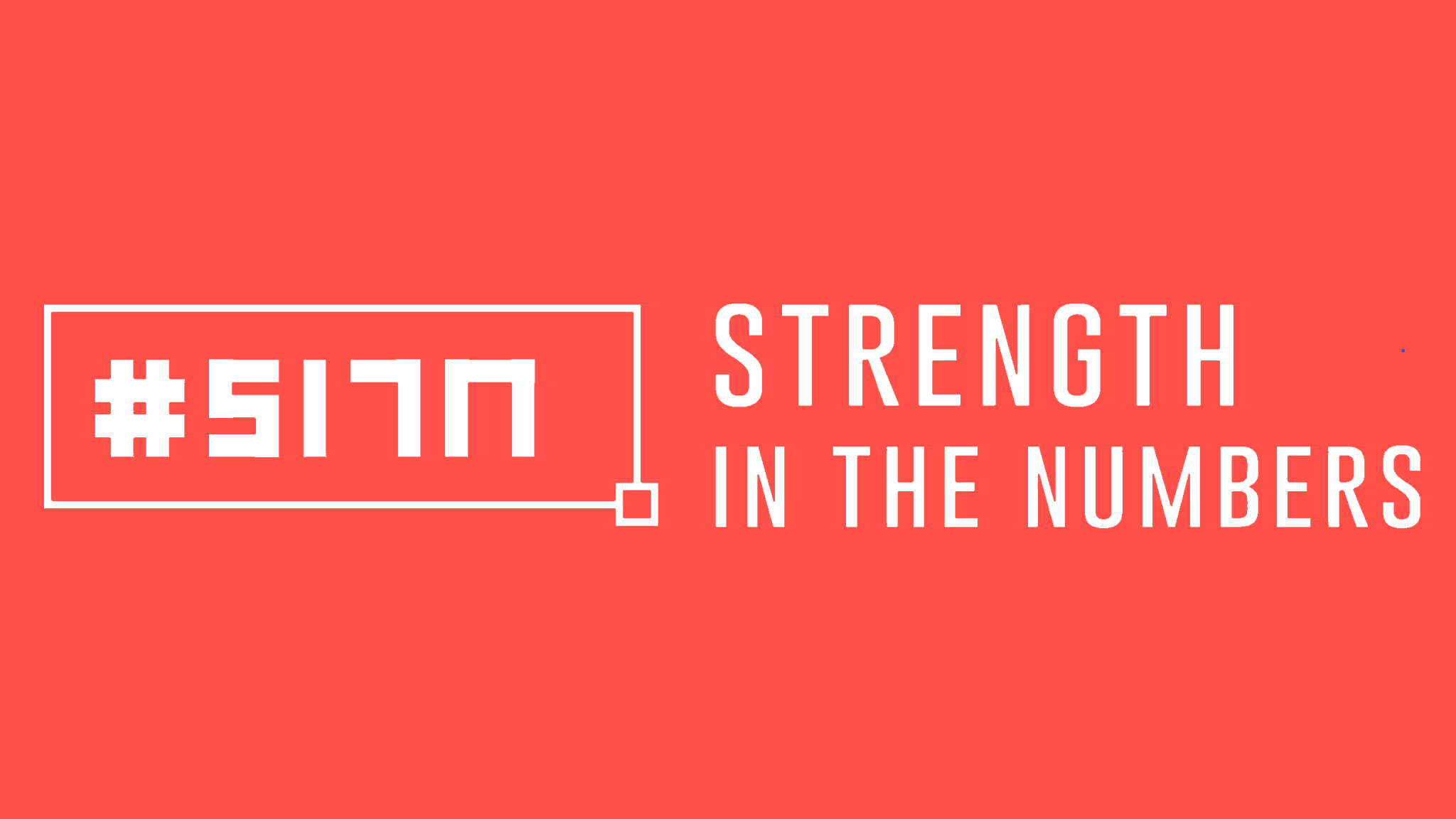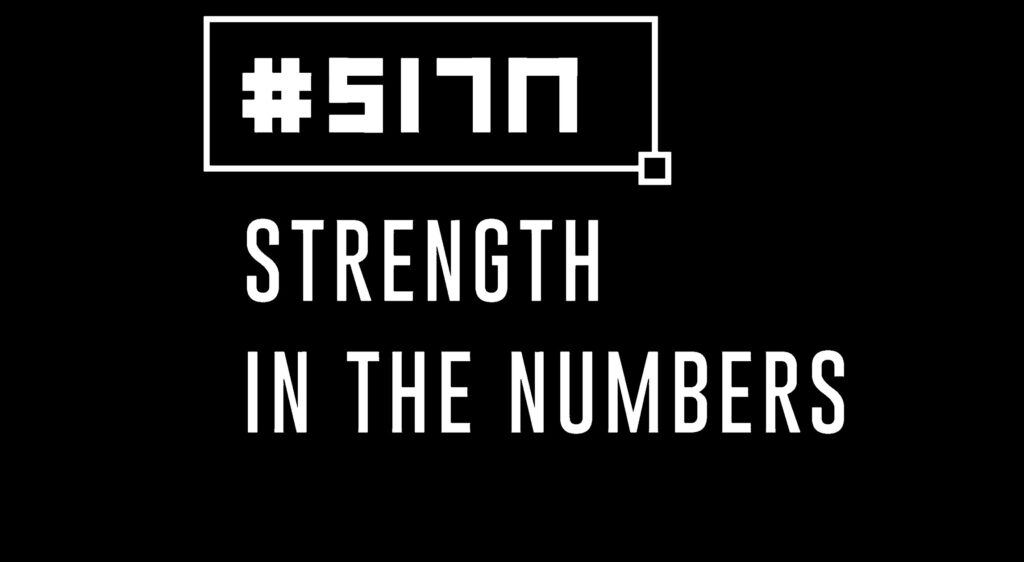
Finance teams are generally involved in business planning, forecasting and giving guidance to leaders and partners who want to have a fuller view of where their businesses are going, but how do we know we’re giving the most appropriate guidance and forecast?
Many people compare being in business to experiencing a roller coaster ride. We should expect lots of ups and downs; anticipate times where we have to endure an uncertain journey; at points we’ll feel uneasy, at other times on top of the world, then before we know it we’re back at the bottom and facing that long climb to the top again. Sometimes we’ll be moving more quickly than others. And one of the most frustrating feelings, that on occasion, we’re going around in circles, so much so that we’ll want to scream.
For those that have experienced roller coasters, we know some of these emotions can play out in finance too. For instance everybody in finance knows it’s easier to more accurately explain things backwards than to predict things forward into the future. I mean how accurate was your last annual operating plan?
The thing is we’re often guilty in Finance of falling into the trap of thinking that the world business behaves in a linear way. So we then tend to get frustrated when actuals are off of forecast. If they turn out better than expected we console ourselves in that it could have been worse, and when they’re worse we go searching for answers for our leaders, hopefully to learn and move forward constructively, but sometimes it’s difficult to prevent the blame game from happening.
What nature teaches us
We needn’t be so hard on ourselves and expect that our forecasts should always be so accurate. Whether it be roller coasters or our forecasting, most things over time tend NOT to be linear. Nature teaches us that all things occur in cycles, ebbing and flowing as time goes by. Think of the seasons, darkness & light, the life cycles of plants & animals. This cyclical motion affects every area of our lives. Just because businesses are made by humans doesn’t exclude them from natural principles. Businesses, like other organisms are not immune, their successes and that of their products, suppliers, competitors, their staffs’ careers all follow cycles. Even once great empires and countries rise and fall.
Sigmoid Curves
So once we accept that we’re dealing with things that are cyclical in nature we can then set about figuring out how best to apply our guidance for our business partners. One model I’ve found useful is the Sigmoid Curve. It’s sort of a stretched-out S-shape that lies on its side.
It can be thought to have four phases and we can tailor our guidance & actions more appropriately depending on what part our business partner is on. These are:
- The dip: This corresponds to an initial period of learning, like when a new business starts up or person begins a new career. Any occasion where there’s a lot of effort with seemingly little in the way of apparent results. This is a bit similar to how a farmer sows their crops, for a long time there is no sign of growth but under the surface something is happening. During this stage finance business partners help review business cases, appraise investments and ensure the right performance indicators, reporting & accountabilities are in place.
- Growth: Once sufficient momentum has been built even further investment of time and money are required to keep up with demand for products & services. Although revenues may be increasing, Finance business partners can help balance that there’s sufficient cash not only to continue growing (Are your growing out of business?) but also to keep the lights on. Some are also making use of machine learning to project forward likely scenarios and outcomes of growth trajectories.
- Maturity: This is where the business settles down into a repeatable pattern. Here finance business partners can assist in looking at pricing, where to make capacity investments, internal Pareto Benchmarking and external SPACE analysis. Anders Liu-Lindberg also highlights in more detail “5 Ways Finance Can Help When Business Is Good.”
- Decline: This stage is inevitable, there will be falling profitability and marginal cashflows. At least 9 out of 10 businesses will go out of business (over a 30-year timeframe) and 52% of Fortune 500 companies have gone since 2000. Finance business partners are uniquely equipped as facilitators to help with evaluating how to retrench or make an orderly exit from a business. Again Anders Liu-Lindberg provides some additional guidance on “How Finance Can Help When Business Is Bad.”
The most successful ones do this
Naturally the most successful finance business partners and their businesses tend to be self-reflective and constantly monitoring their own position on the Sigmoid Curve. However, the only way to sustain that success is to jump off the current curve when it is nearing its peak and start on the bottom of another, new curve.
This is the grey area, between old and new that I call Shakeout. This can be hard to do because just as you are reaping the rewards of your efforts you are looking to change. It doesn’t appear to make sense to change just as you’re doing so well, why move from what you’re doing well to put yourself at the bottom of another learning curve, which entails more discomfort, since growth always involves discomfort to some degree. Why push the boundaries further to new areas?
Because, hopefully you by now you know the answer – decline is an inevitable phase of the curve. And as Charles Handy points out
“The world keeps changing. It is one of the paradoxes of success that the things and ways that got you where you are, are seldom the things to keep you there.” ( The Empty Raincoat, p49)
As the history of our role traces back to the Finance function we’re entrusted with the stewardship of the business’s assets. That’s why we learn to apply techniques such as budget planning, target-setting, variance analysis, as well as, assessing margins and returns on investments to ensure systems, people, processes, assets, brands, and so on are being utilized & stewarded in the most effective manner throughout our enterprises’ end-to-end value chains. In fact when things are going well our jobs should be getting harder not easier, that’s when we can provide the most value to our partners.
The best business partners have the courage to speak up, to challenge, to hold up the mirror to the business and ask questions. They use their skills around Insight, Influence & Impact to gain a seat at the table, brokering and linking up points, adding a commercial overview and financial angle, as well as driving better outcomes.
When you begin to choose this approach to finance business partnering you will find it’s a much more stimulating and exciting way to working with the business and something you’ll want to just keep doing. Once you’ve helped your business partners move curves for the first time, just like your first roller coaster ride, you’ll just want to have another go on the next one.
So what recommendations would you make on how help business partners to move curves? Let’s all contribute to make this another resource for other aspiring finance business partners so please like or add your comments below.
If you feel you wish to know more about the topic of finance business partnering check out the following book at UK link and US link



